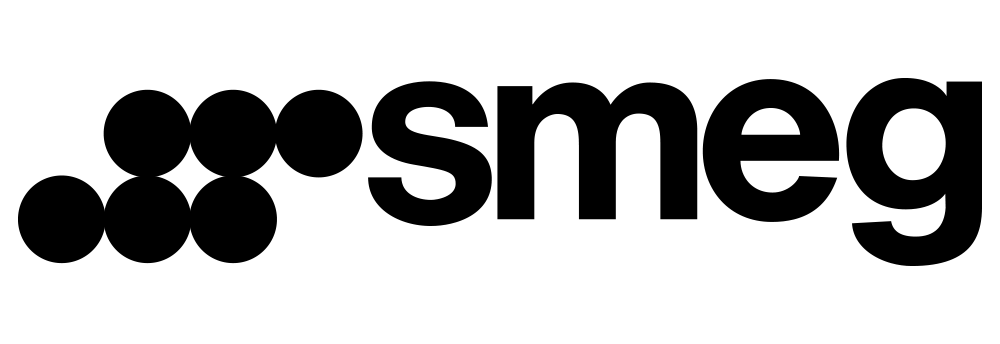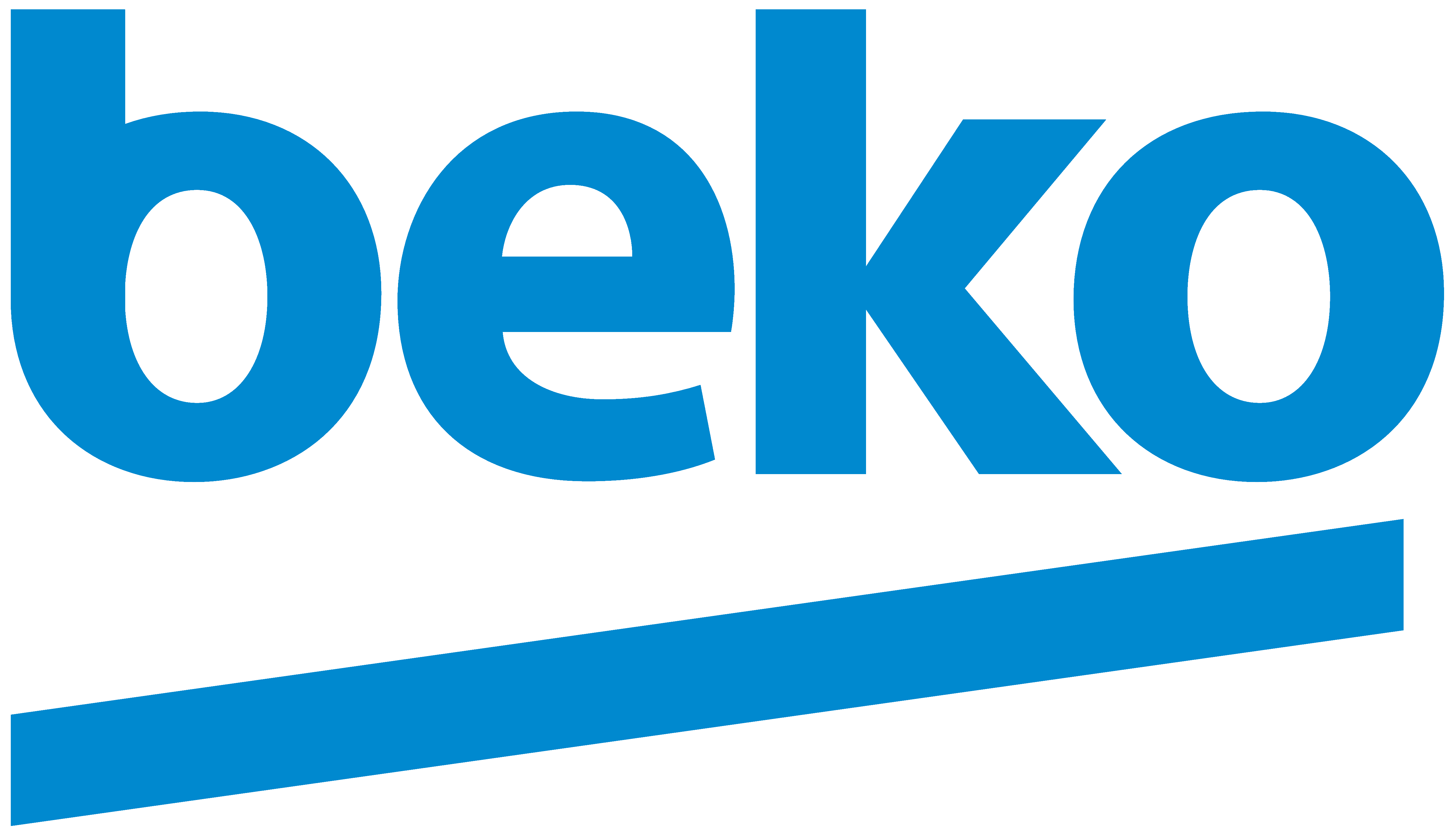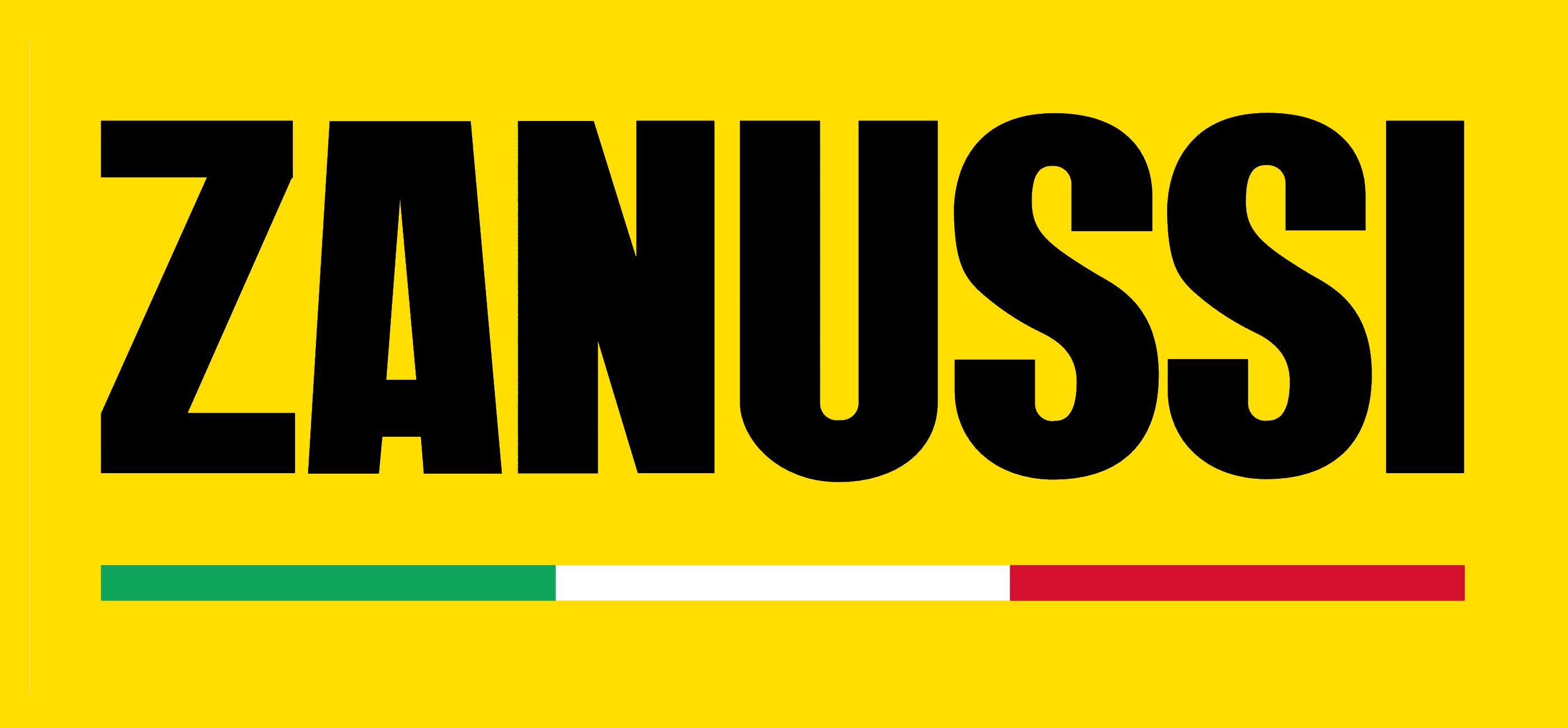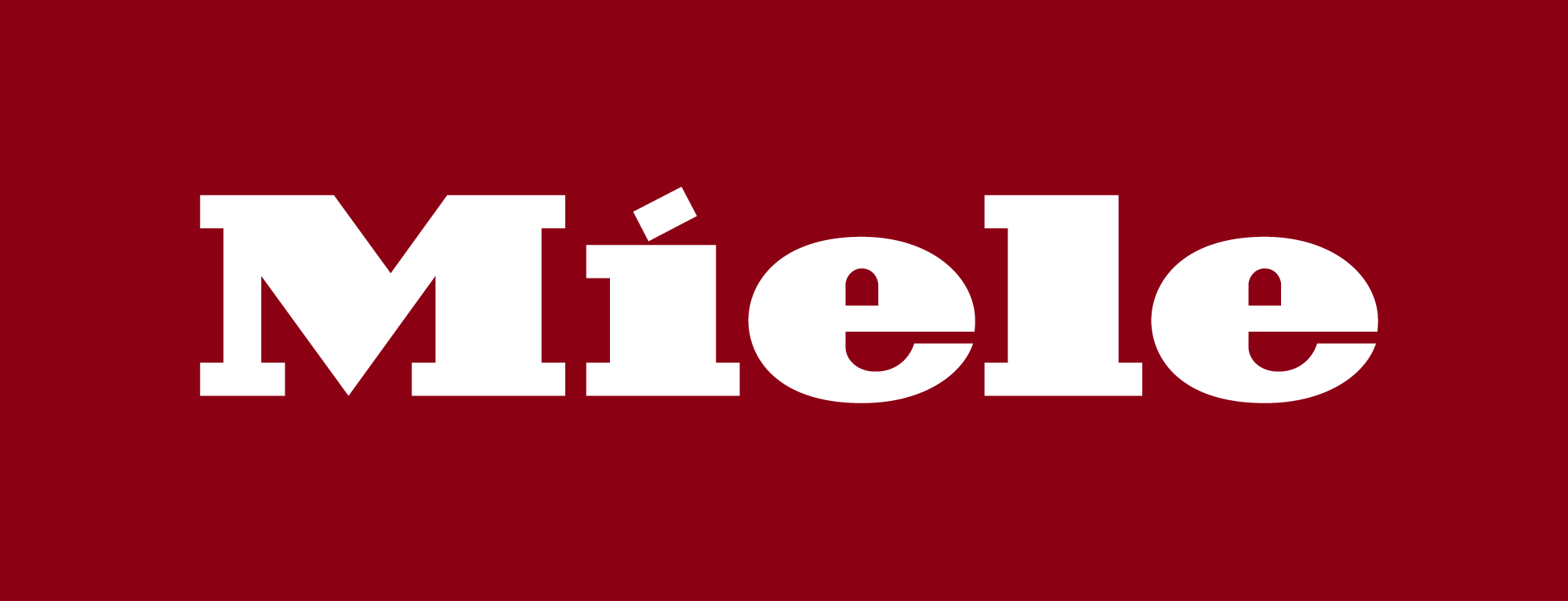White Goods
Clarity Report
Report date: Autumn 2020
The white goods category is an interesting sector with some brands you’ll remember from your childhood and others that are less well known. The consumer path to purchase is heavily influenced by third party sites and retailers as buyers do their research prior to purchase. But these brands have to be on their game when it comes to their branding and digital performance - understanding the role they play in influencing consumer behaviour is key to sales.
In isolation, each of these metrics may not seem to have much of an impact. It's in aggregation that they come into their own - providing useful cumulative insight for marketers about the clarity their brand offers to its customers.
The rankings
The brands are scored and ranked across seven sections. There's an overall score, but each of the sections breaks down into their own mini ranking for further detail.
Overall rankings
This table ranks the brands’ overall scores. The winner is the brand that grossed the highest cumulative score across all seven sections.
Overall winner: Hotpoint
Hotpoint wins the category by a nose, primarily because of its dominance in share of search. This is a disproportionately important metric acting as a crude proxy for awareness and even withstanding the recent negative coverage around the safety of some of its machines, it’s managed to stay top of mind. In all other areas, Hotpoint has performed alongside the category average, which perhaps demonstrates that the category is slightly underperforming as a whole.
Mid-table grouping
There are a group of big brands that all perform similarly from SMEG (who performs well in brand) down to Beko. There’s an opportunity here for one of them to address one or two performance issues to have a big effect in pushing them up the rankings. One thing to remember with these elements is that it’s not about spending big money on one thing; it’s about turning the dial slightly across the board to make aggregated gains.
LG struggles primarily because of it being a global conglomerate. This is tricky to control for and equally challenging for the consumer. In one sense they could be described as a jack of all trades and master of none. Something we’ll need to watch out for in future reports.
Bringing up the rear
Belling and Candy have really struggled in this report. Some of the softer metrics around brand and language have taken their toll on these brands, leaving them feeling a bit dated, cold and mechanical compared to some of the others. It demonstrates there’s clear room for improvement when it comes to creating a truly customer-focused brand and digital experience.
Ranked Table
-
1 
-
2 
-
3 
-
4 
-
5= 
-
5= 
-
7 
-
8 
-
9 
-
10 
-
11 
-
12 
Branding
We start by bringing our 17 years of agency brand expertise to bear. We’re scoring the brands on 10 foundational metrics from logo strength, headlines & hierarchies and colours through to areas like the simplicity of execution, category standout and cross channel coherence. They’re all subjective but are important factors in the creation of successful brands.
The cream rises
Brands that place a premium on the quality of their assets tend to outperform those that feel rushed, cluttered or incoherent. Smeg occupies the premium brand position having built a reputation for sophistication and style over a number of years. The Belling brand is significantly off the pace and feels like it could do with an evolution to stay in touch with the category average.
Ranked Table
-
1 
-
2 
-
3 
-
4 
-
5 
-
6 
-
7 
-
8 
-
9 
-
10 
-
11 
-
12 
Language
One of the softer, but arguably most important metrics: how human is the digital experience? This is a measure of readability and sentiment data scores (both the high profile areas of the site like home page; but also deep into the product pages) combined with cross channel coherence (e.g in social) and a brand-led ‘personality’ score for the brand.
Computer says no
The top scorers are the brands that sound most like a human being consistently across all of their channels.
The readability, sentiment, and brand tone are subtle, but important - particularly when the consumer gets to product pages. The top scorers here were able to avoid the all too common pitfalls of sounding detached and mechanical in these detailed areas. These pages, where you're really getting into detail, is where the brand tone helps do the heavy lifting and leads to a quicker purchase.
A watch out for all brands here is that their sentiment scores all drop off in the social space - a clear area for improvement.
Ranked Table
-
1 
-
2 
-
3 
-
4 
-
5= 
-
5= 
-
5= 
-
8= 
-
8= 
-
10 
-
11= 
-
11= 
Website
If you get a terrible website experience, it doesn't reflect well on the brand or its products. If the website is difficult to use, how easy will it be to set your washing machine? In this section, we’re looking to score and rank the brands in relation to the overall effectiveness of their branded websites.
There are a number of data points considered; for example the brand’s web authority, the amount of traffic to the site and how well the site does in providing customer-focused features (eg reviews, sign-ups, find a retailer). We also look at factors such as navigation, clicks to product and search.
Customer focus makes the difference
Neff is the clear winner in the website category. Their ranking reflects the fact that they have doubled down on creating helpful customer focused features on their site. They clearly understand that these features are geared towards helping customers make their purchase decisions.
From e-commerce to third party reviews to find a retailer functions, those brands who ranked highly had the customer at the forefront of their development process.
Ranked Table
-
1 
-
2 
-
3= 
-
3= 
-
5= 
-
5= 
-
7 
-
8= 
-
8= 
-
10 
-
11 
-
12 
Mobile
Brands can look at the desktop website and spend their time 'signing off' that experience. It's understandable: people work on desktops computers and sharing that all-important visual can have a bigger impact on the boardroom screen. But, mobile is where customers live. Does the brand extend beyond the desktop and make the mobile experience a meaningful brand experience?
Mobile over desktop
Over 60% of traffic to the sites comes from mobile devices, yet all the sites have been optimised for desktop first. The winners here understand where their customers are coming from and are optimising accordingly. Beko understands this better than the others.
It’s an obvious error and one that’s seen across the whole category. This isn’t just about being digital-first. It’s about being mobile-first.
Ranked Table
-
1 
-
2 
-
3= 
-
3= 
-
5 
-
6 
-
7 
-
8 
-
9 
-
10 
-
11 
-
12 
Social Media
Why would you follow a white goods manufacturer on social? Millions do. What do they get out of it and, in turn, what are the brands expecting? The measurements we're using here are pretty straightforward: posts per channel, shares, likes, comments, engagement and followers.
Sentiment drops
Belling is top dog, but figures are skewed with engagement from a small base. (LG has 3.5M followers v’s Belling’s 27K). As a category, the watch out is that the sentiment scores drop considerably in social. Large followers with low engagement mean that the value of social is more around awareness than engagement. We’d be interested to know if this was a deliberate strategy for the brand, or if it’s just the received wisdom of what brands do with social.
Ranked Table
-
1 
-
2 
-
3 
-
4 
-
5 
-
6= 
-
6= 
-
8 
-
9 
-
10 
-
11 
-
12 
Digital Marketing
A great customer-focused website, built with outstanding brand assets and a strong tone of voice. Now it's time to promote the brand. Here we’re analysing the brand’s approach to digital marketing. For example, are they utilising specific landing pages for products? Are they investing in advertising and what’s their keyword strategy: paid and organic? What's the spend? How many keywords to how many ads? What's the backlink strategy?
Lack of coherence
What we’re seeing is that most of the traffic to the sites is organic with a relatively small amount coming from paid. Although Neff comes out top; we feel that this area is underexploited and lacks brand coherence across the board. At the bottom of the table, Candy and Belling are suffering from drastically fewer ads, paid keywords and organic keywords.
Ranked Table
-
1 
-
2 
-
3 
-
4 
-
5 
-
6 
-
7 
-
8 
-
9 
-
10 
-
11 
-
12 
Share of Search
This is where is all comes together. How does the brand activity we've covered resonate with customers? Lots has been written about Share of Search, but it’s generally agreed that it’s a useful proxy for brand awareness. Put simply, brand terms keyed into Google over time reveal a lot about how well known that brand is by the general public.
Big brands dominate
Hotpoint’s dominance is perhaps not surprising as it’s been around for over 100 years and has been consistently ranked in all our measurements. Beko’s high profile sponsorship of FC Barcelona has probably helped push it up the list. However, it’s maybe more interesting to note who’s at the bottom. Miele, LG and Electrolux were all lower than expected and might consider investing in some longer-term brand-building initiatives.
Ranked Table
-
1 
-
2 
-
3 
-
4 
-
5 
-
6 
-
7 
-
8 
-
9 
-
10 
-
11 
-
12 
Explore the results
We’ve visualised our data as a spider chart, so it’s easier to see how brands perform against the category average score (pink line). You can layer two brands on top to get a visual comparison on how they perform against each other.
Want to be notified when we publish more Clarity reports? Sign up to our Clarity mailing list.
Interested in commissioning a Clarity report for your business? Drop us a line and we can chat.